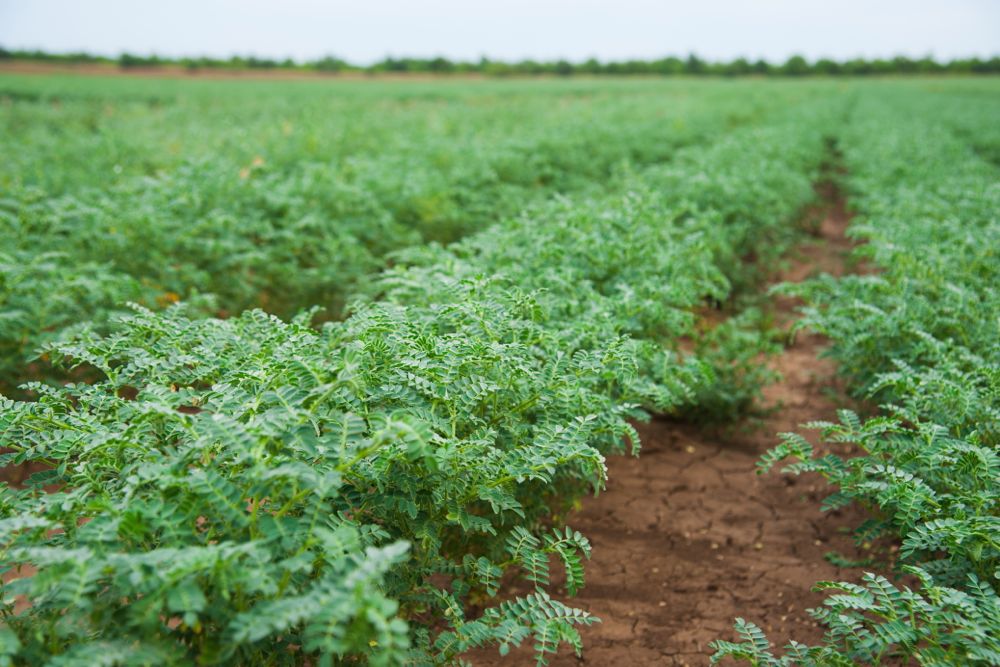CNS Canada — Farmers in the U.S. may have planted fewer pulse acres in 2018 compared to the previous year — but the reduction was likely not as large as forecast by the U.S. Department of Agriculture.
A return to average yields would also still result in big supplies overall, after poor crops in 2017, according to an official with the USA Dried Pea and Lentil Council.
Of the major pulses grown in the country, pea acreage was forecast by USDA at 908,000 acres, down from 1.1 million the previous year. Lentils were forecast at 791,000 acres, also down from 1.1 million in 2017. Chickpeas, meanwhile, are expected to pick up some of those lost acres, with planted area projected at 665,000 acres, up seven per cent on the year.
Read Also

Alberta crop conditions improve: report
Varied precipitation and warm temperatures were generally beneficial for crop development across Alberta during the week ended July 8, according to the latest provincial crop report released July 11.
Todd Scholz, the pea and lentil council’s vice-president of research and member services, said a decline in pea acres was expected, while lentils may end up steady on the year and chickpeas increase. Actual acreage shifts depend on the region.
In the Palouse region of the Pacific Northwest, seeding was a little late, but there is plenty of moisture and crops are in good shape.
However, across the Rockies in Montana and into the Dakotas, where the majority of the U.S. pulses are grown, there are dry areas that could become a concern.
While overall pulse acres might be down a bit on the year, a return to average yields would still see large crops, as 2017 production was hurt by drought in the northern Plains, said Scholz.
Large production this year could become a concern from a marketing standpoint, especially with India out of the global market, he added.
India will come back when it needs pulses, but it could take the market up to 18 months to react to such a move. The strong U.S. dollar was already limiting U.S. pulse sales to India even before the country imposed tariffs and stopped buying, Scholz said, but the increased supplies from other competitors, including Canada, looking to find a home spilled over to the U.S. market.
While there are concerns over markets in India and China, “I think the domestic market is helping suck up some of that demand,” said Scholz.
There’s an increasing demand for pulse ingredients, he said, pointing to increased interest from consumers in plant-based proteins. “We’re at the eve of a great new thing.”
In addition to rising consumer demand, pulses are proving to fit in well with the rotations of U.S. growers. Scholz said experiments with fall-seeded peas were also underway and proving successful as a replacement for summerfallow in a winter wheat rotation.
— Phil Franz-Warkentin writes for Commodity News Service Canada, a Glacier FarmMedia company specializing in grain and commodity market reporting.
















